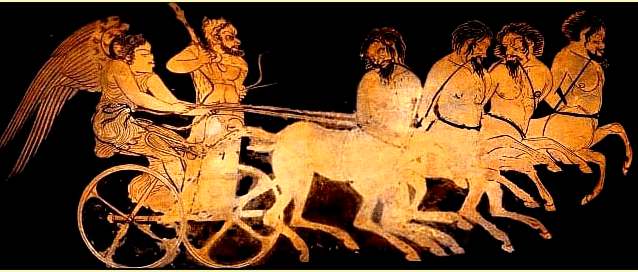

Over the next three decades he initiated a series of military campaigns that would see Qin conquer the other states and unify China for the first time. When Zheng's father, King Zhuangxiang, died in 246 B.C., Zheng took the throne at the age of 13. The tomb is still under excavation near Xi'an, China. Every warrior contains a stamp of the name of the foreman in charge of his creation, so that mistakes could be tracked, according to the Field Museum.Īn army of clay warriors guards the tomb of China's first emperor, Qin Shi Huang, who died in 210 BC. New conservation techniques, performed on recently excavated figures, allow some of these patterns to be discerned. Another key feature is that the warriors were decorated in bright colors, which contributed to the individuation. They have different builds, expressions and postures. Each warrior has uniquely styled hair and features some have topknots while others have goatees some have caps and loose tunics while others have armored vests and braided hair. The details of the warriors are so intricate and individualized that it has been hypothesized that they were based on real soldiers who served in the emperor's army. All three pits are active archaeological sites and visitors can see excavations taking place. 3, actually served as a command post for the army and contains an honor guard and ornate chariot for the force's chief commander. There are high-ranking officers (including nine generals found so far) and one of the pits, No. The figures were created to serve the emperor in the afterlife and include a mix of chariots, cavalry, armored soldiers and archers. The three pits (a fourth pit was unfinished) contain an estimated 8,000 life-size terracotta figures of which about 2,000 have been excavated. According to UNESCO World Heritage Center, archaeologists suspect that the unexcavated tomb could contain an entire replica of the city of Xi'an, which the warriors guard.

The pits are situated less than one mile to the northeast of a pyramid-shaped mausoleum constructed for the first emperor of China, Qin Shi Huang (259 B.C.


 0 kommentar(er)
0 kommentar(er)
